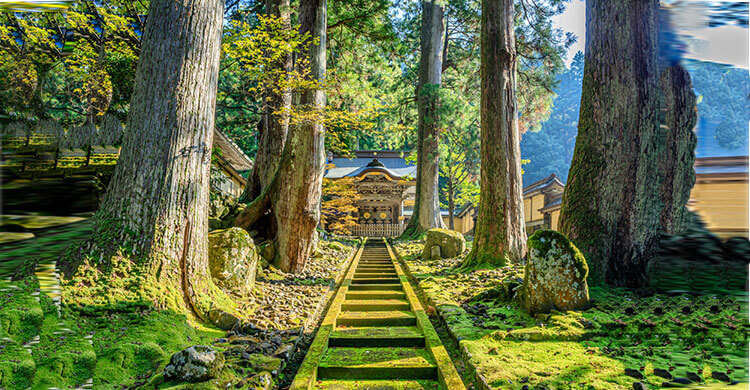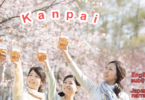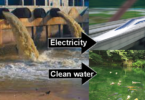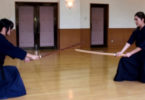Deep in the mountains of Fukui Prefecture stands Eiheiji, a Zen temple with a history of over 750 years.
Steve Jobs, a co-founder of Apple Inc. was a follower of Buddhism and it was said that he longed to visit Eiheiji to experience Zazen Buddhism meditation when he was alive.
Hi everyone how are you?
Today, I’d like to talk about “Eiheiji Zen Temple” and “Zazen” (seated meditation) that are considered to be one of typical “Cool Japan”.
Contents
What’s the characteristic of Eiheji Temple?
It’s the main training temple of the Soto sect of Zen Buddhism. Around 200 young trainee priests undergo rigorous spiritual exercises day and night.
At 4 a.m., a bell is rung to wake everybody up. The trainees begin each day with zazen meditation.
At Eiheiji, zazen is practised facing the wall in a cross‐legged position .
It’s believed that this method allows the trainees to look deeper into themselves.
The aim is to attain enlightenment and be free of desire and attachment.
At 7 a.m., after about three hours of practising zazen and reciting sutras, they have breakfast.
The meal consists only of brown rice porridge, pickles, and salted sesame seeds. They have to eat without making any noise.
Big difference of “Meditation” and “zazen meditation”
Here’s one complication of the word of “meditation”.
In English-speaking world, we use meditate meaning to think about something carefully for a long time, in other word, it’s the same as contemplate, or contemplation.
Therefore, we use meditate on the problem or mediate a revenge.
But “zazen(seated) meditation” is to make your mind empty of thoughts or to concentrate on only one thing, in order to relax or as a spiritual or religious exercise.
Hence, we say “Empty meditation” or “Empty mind meditation” for “zazen meditation”.
So we get back to Eiheiji Temple,
When they have finished eating, they rise their bowls with a small amount of hot water, making sure not to waste one drop of it.
After breakfast, the trainee priests clean the temple both inside and outside. At Eiheiji, everything is regarded as part of the training.
Everyday chores like cleaning are especially important and are referred as “moving zazen“.
About moving zazen
Speaking of “zazen”, we usually associated with the image of “seated meditaiton“, it is a fact, in a way, but there is another style of zazen, that’s moving zazen.
As you see it, monks in training are moving their body by cleaning the stairs and corridor with cleaning cloth, of which is called moving zazen.
This is the basic idea of schoolchildren cleaning their classroom or corridor or outside playground and so on.
Histry of Eiheji Temple
Eiheiji was founded by the 13th-century monk Dogen. He chose this mountainous spot because it was quiet and free of distractions, making it an ideal setting for the practice of Zen.
At Eiheiji, certain priests rarely practise zazen or recite sutras. They work in the kitchen. There are nine of them, and they cook for all the priests at the temple, meaning over 200. So they’re in the kitchen almost all day long.
One of the highest-ranking priests is in charge of the kitchen. Zen is not just about practising zazen, it’s also about doing ordinary things earnestly. That’s the spirit of Zen that Dogen instilled in his followers.
The teachings of Zen have greatly influenced the way the Japanese live and think, and Eiheiji gives us a sense of how it all started.
In Eiheiji Temple, you can practice the experience of Zazen, with English interpreter
For further information, please visit their website as follows, “Welcome Eiheiji Temple“
Finally,
if you want to be away from hustle and bustle of everyday life and seek into yourself by Zazen, it’s surely well worth experiencing there. Good luck!
Last but not least, “The ZEN 禅 for higher creativity” being well-worth a visit, too, thanks

















